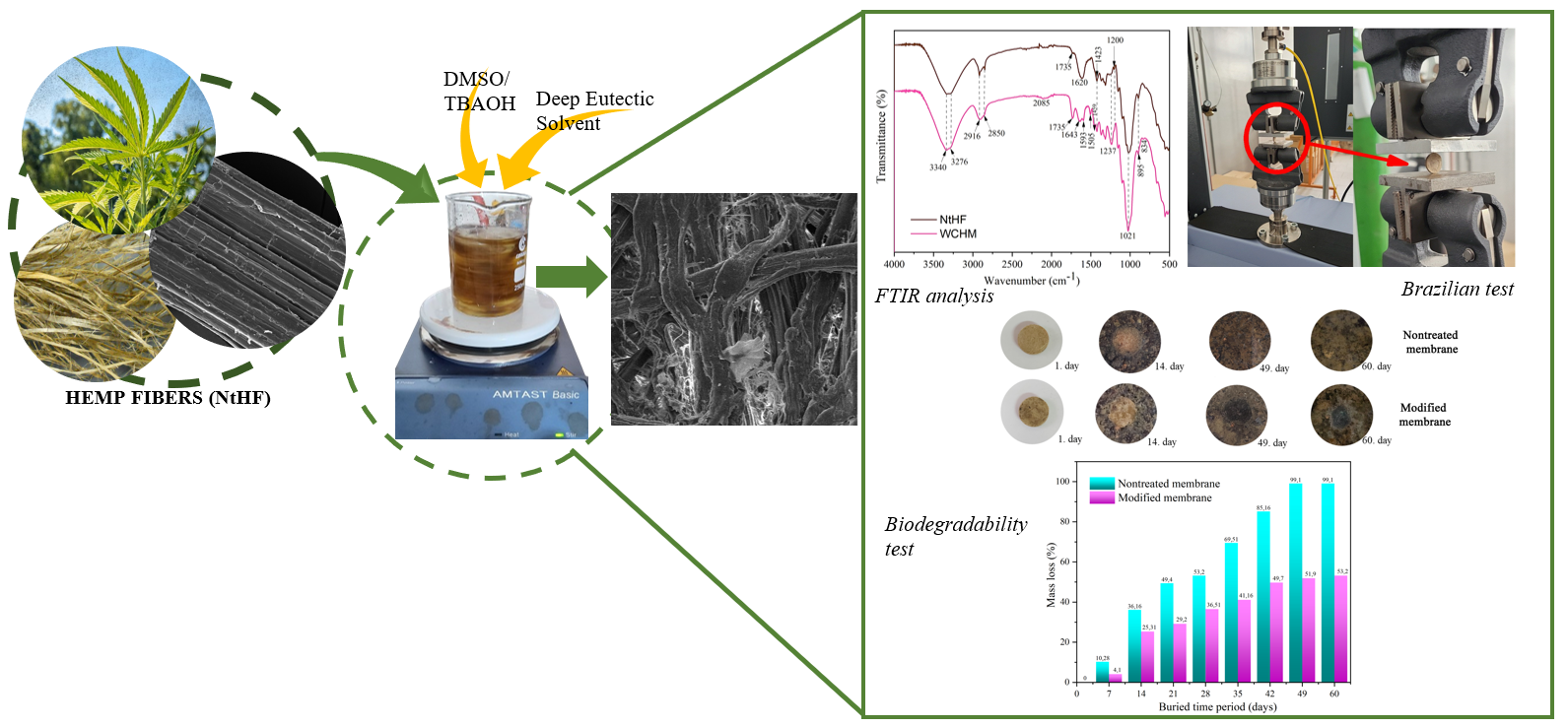Special Issue "Feature papers in Extractive Metallurgies"
14-08-2025
Special Issue "Feature papers in Extractive Metallurgies", Metals, MDPI, Switzerland edited by Srecko Stopic shows on 176 pages the latest results from 11 papers from Australia, China, Turkey, Norway, Germany, Holland, Slovenia, France and Serbia in the field of the electrometallurgy, unit operations in metallurgy of non-ferrous metals and metallurgy of iron and steel.
https://doi.org/10.3390/books978-3-7258-4682-5
Edited by
Srecko Stopic
ISBN 978-3-7258-4681-8 (Hardback)
ISBN 978-3-7258-4682-5 (PDF) Read more about Special Issue "Feature papers in Extractive Metallurgies"
https://doi.org/10.3390/books978-3-7258-4682-5
Edited by
Srecko Stopic
ISBN 978-3-7258-4681-8 (Hardback)
ISBN 978-3-7258-4682-5 (PDF) Read more about Special Issue "Feature papers in Extractive Metallurgies"

